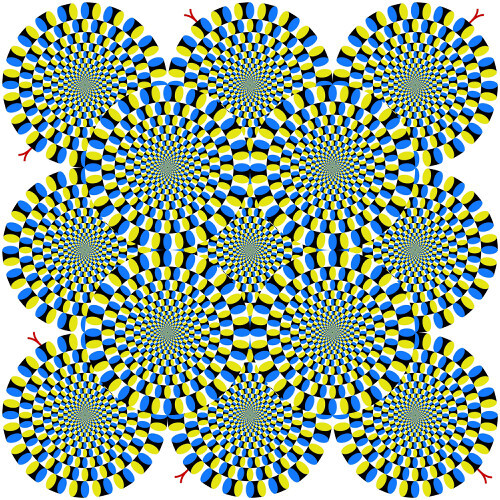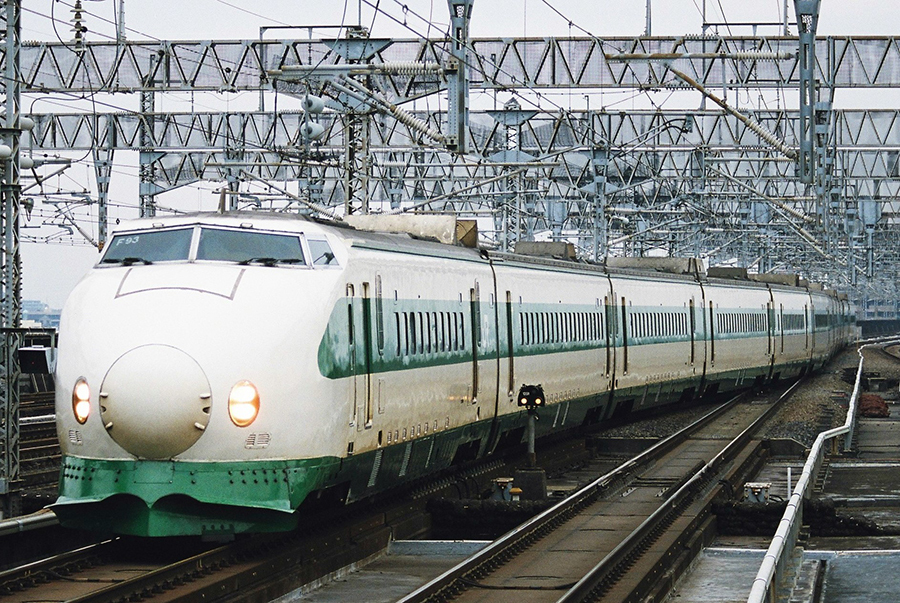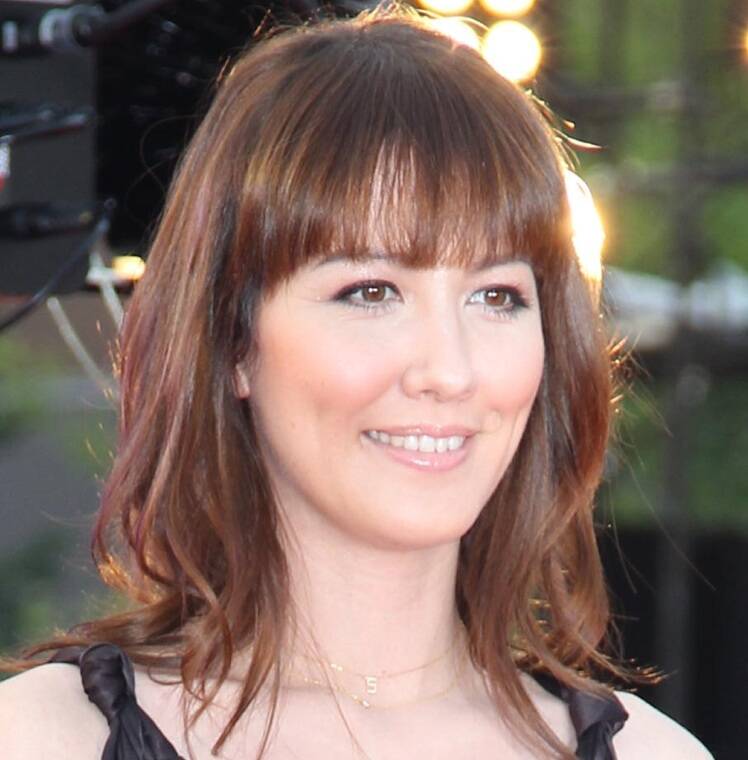
When you buy through links on our articles, Future and its syndication partners may earn a commission.

This article was originally published at The Conversation. The publication contributed the article to Space.com's Expert Voices: Op-Ed & Insights.
Interest in the moon has been high – just in the past two years there have been 12 attempts to send missions to the moon, nearly half of which private companies undertook. With so much activity, it's important to start thinking about coordination and safety.
To some, this concern may seem premature. About 10 to 20 missions are headed to the moon in the next few years – far short of the thousands of satellites operating in Earth's orbit. And the area around the moon, referred to as cislunar space, is very large. Earth's orbital area is often considered to extend from near Earth out to geostationary orbit, where a spacecraft orbits at a speed that makes it appear stationary from the Earth's surface.
Cislunar space extends from geostationary orbit out to the moon – an area with a volume 2,000 times larger than Earth's orbital area. This size discrepancy seems to suggest crowding around the moon may not be an immediate concern.
However, missions tend to choose from a select set of stable orbits around the moon, so the vastness of cislunar space may be misleading when thinking about whether missions will intersect. Also, most government sensors that track spacecraft aren't capable of consistently detecting and monitoring objects so far away from Earth, partly due to the glare from the moon itself.
That uncertainty, combined with the high cost of lunar missions, makes operators more likely to move their spacecraft to avoid a collision, even when the probability of a collision is quite low.
As an interdisciplinary team combining space policy and astrodynamics expertise, we've been studying how companies and space agencies could manage traffic in lunar orbit without unnecessary maneuvers. Our research, published in March 2025 in the Journal of Spacecraft and Rockets, shows that due to the popularity of certain orbits and the uncertainties regarding each spacecraft's location, potential collisions become an issue surprisingly quickly.
Our simulations show that with only 50 satellites in lunar orbit, each of those satellites will need to maneuver four times a year on average to avoid a potential crash – a significant cost in terms of fuel as well as potential disruption to mission objectives. Lunar orbit could easily reach that number of satellites within a decade if activity continues to increase.

Maneuvering satellites
Countries' reports on their current operations in lunar orbit seem to support our finding that congestion around the moon is quickly becoming a significant issue. In 2023, the Indian Space Research Organization reported it had maneuvered its Chandrayaan-2 spacecraft three times in four years, even though only six spacecraft orbited the moon in that time.
Better monitoring and coordination between different space agencies could prevent congestion and keep countries from having to regularly move their spacecraft.
Monitoring cislunar space is not just important for safety – it can also help support national security. Multiple countries have weapons that can destroy satellites, and some in the space community are concerned that space weapons could be placed in cislunar space to escape detection. The U.S. Space Force is considering the potential security dimensions of cislunar space.
The U.S. currently has significant gaps in its ability to monitor this region, and Mariel's research suggests that developing this capability – referred to as cislunar space domain awareness – should be a priority for national security. Improved monitoring would help the U.S. military observe activity in cislunar space, gather intelligence and assess potential threats.
Solutions in progress
Several research programs are experimenting in this area. The Air Force Research Laboratory is funding a program called Oracle that is developing multiple systems to improve the U.S. ability to monitor cislunar space.
The first Oracle satellite is expected to launch in 2027. It will be located at a Lagrange point, which is a spot between the Earth and the Moon where the gravitational pull of each object keeps the spacecraft in a stable position. From there, it can detect objects in cislunar space that sensors on Earth cannot see.
Improving monitoring is only one part of the solution. Entities sending missions to the moon, including governments and companies, will need to share the locations of their operational missions and coordinate to avoid predicted collisions.
A NASA program dedicated to tracking and assessing lunar traffic is helping to facilitate this effort. The program compares individual operators' information about their spacecraft's current and future planned location to identify potential close approaches. In the future, this type of coordination could improve safety, when combined with sensor observations from systems like Oracle.
Countries and companies planning missions to the moon could also try to coordinate before they launch their systems, so no missions end up operating too close together.
The Outer Space Treaty, a set of basic principles developed early in the space age, requires that countries avoid harmfully interfering with other countries' activities, but the treaty doesn't outline how to do this.
The United Nations Committee on the Peaceful Uses of Outer Space formed a team in February 2025 that hopes to address these and other coordination issues on the moon.
With government and commercial missions to the moon increasing, and NASA's next human mission to the Moon planned for early 2026, countries will need to work together to protect everyone’s interest in the moon.
latest_posts
- 1
 Figure out How to Use the Experience of a Fender bender Legal counselor for Your Potential benefit
Figure out How to Use the Experience of a Fender bender Legal counselor for Your Potential benefit - 2
 ダルビッシュ有「本当に、いっぱいいっぱいだった」ドジャース世界一の裏で手術決断「ギリギリの状態」右肘で投じた21球“覚悟のマウンド”(Number Web)
ダルビッシュ有「本当に、いっぱいいっぱいだった」ドジャース世界一の裏で手術決断「ギリギリの状態」右肘で投じた21球“覚悟のマウンド”(Number Web) - 3
 AIも惑う、脳の勘違い「錯視」…特性生かした商品開発も(読売新聞オンライン)
AIも惑う、脳の勘違い「錯視」…特性生かした商品開発も(読売新聞オンライン) - 4
 Home Plan Tips for Seniors
Home Plan Tips for Seniors - 5
 高見侑里、第1子の妊娠を発表「新たな命を授かりました」 仕事は「体調を見ながら」継続予定、夫はflumpool・尼川元気(オリコン)
高見侑里、第1子の妊娠を発表「新たな命を授かりました」 仕事は「体調を見ながら」継続予定、夫はflumpool・尼川元気(オリコン)
 Vote in favor of the handheld vacuum that you love for its strong attractions!
Vote in favor of the handheld vacuum that you love for its strong attractions! 5 Different ways Macintosh is Prepared to Overwhelm Gaming, Even Against Windows
5 Different ways Macintosh is Prepared to Overwhelm Gaming, Even Against Windows Most loved Road Food: Which One Prevails upon You?
Most loved Road Food: Which One Prevails upon You? From Amateur to Master: My Involvement in Photography
From Amateur to Master: My Involvement in Photography 新幹線の「終電繰り上げ」へ 保守に時間かけるため “臨時列車”も検討 JR東日本(乗りものニュース)
新幹線の「終電繰り上げ」へ 保守に時間かけるため “臨時列車”も検討 JR東日本(乗りものニュース) Man who grabbed Ariana Grande at 'Wicked: For Good' premiere also rushed Katy Perry onstage this year. Who is he and why is he doing this?
Man who grabbed Ariana Grande at 'Wicked: For Good' premiere also rushed Katy Perry onstage this year. Who is he and why is he doing this? 5 Worldwide Road Food sources You Should Attempt
5 Worldwide Road Food sources You Should Attempt 山本モナ49歳 司法試験合格を報告「『やればできる』という言葉は、本当です(笑)」19年に第3子出産(スポーツ報知)
山本モナ49歳 司法試験合格を報告「『やればできる』という言葉は、本当です(笑)」19年に第3子出産(スポーツ報知) Optimal Beauty Parlor Medicines for Upgraded Wellbeing and Appearance
Optimal Beauty Parlor Medicines for Upgraded Wellbeing and Appearance













